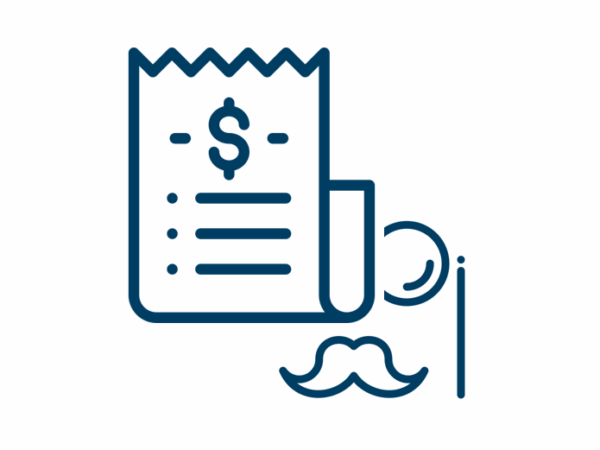In CRE, “expenses included in net rentals” represents those expenses covered by the landlord.
The tenant will never see these expenses on an invoice. Such expenses are deducted from the landlord’s rental income in order to work out how much money the property earns her.
In a “triple net lease”, these “expenses included in net rentals” are borne by the tenant. I.e. the landlord’s rental cheque goes straight to the net profit on the income statement – without any deductions.
Note: The term landlord can mean either the owner (aka property fund) or, if applicable, their representative (i.e. a property manager).
Note – there are no “hard and fast” rules in CRE generally (and, specifically, the determination of net rentals by landlords). Prospective landlords can choose which expenses they include in their net rentals, and which expenses they push on to their tenants. The end lease terms and conditions are subject to negotiation** between all parties.
Examples of “expenses included in net rentals” – generally
- Maintenance – external
- Maintenance – roof
- Insurance
- Property management fees
- Facilities management fees
- Asset management fees
- Bank charges
As discussed above, it is in the landlord’s discretion whether they also wish to pay for expenses such as cleaning and hygiene, pest control, backup water supplies, refuse, security, internal property maintenance, city improvement district or park levies.
Our recommendation to industry outsiders
When signing or renewing a lease, consider leaning on the expertise of an independent, well-rated, experienced CRE professional to advise you through the complexity. Here is an article unpacking just some of the complexities that need to be considered during this process.








